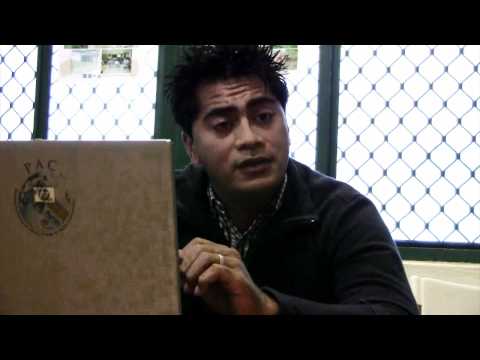
Photo:
PACC Tonga: Improving the current Hihifo water infrastructure to address current and future water problems that would be worsened by climate change
Based on Tonga’s needs, the PACC Tonga project focused on improving water resource management. The project used climate change models, technical expertise and traditional knowledge to identify, evaluate, design and demonstrate appropriate adaptation actions that will enhance the current Hihifo water infrastructure and improve the livelihoods of the people by providing them with clean potable water.
- Community
- Local Governments
- National Governments
Local communities in the Haatafu, Ahau and Kanokupolu in the Hihifo district.
- PACC
- Ministry of Environment and Climate Change, Government of Tonga
- United Nations Development Programme (UNDP)
- Global Environment Facility (GEF)
- SPREP
- Australian Government
The Kingdom of Tonga is comprised of 172 islands, with a total land area of 718km and 419km of coastline. The climate is characterized by heavy rainfall, humidity and high temperatures which are steady through the year, with the exception of severe tropical cyclones during the summer months. These bring sea-level increases, coupled with localised flooding and drought. These climate effects are a microcosm of global climate change, and pose a threat to Tonga’s residents and infrastructure.
Environmental changes in Tonga’s coastal zones include land loss, shoreline retreat, reduced beach vegetation (including mangroves) which would otherwise act as buffers against the impacts of climate change. Much of the infrastructure and socio-economic activities in Tonga are located near or on the coast which makes them highly vulnerable to effects of sea-level rise. This has a significant impact on the country’s GDP and development in general. Water infrastructure in particular is essential to the well-being of the residents, and needs to be addressed.
The municipal water supply system of Hihifo District was launched in the 1960s and is currently providing water to more than 700 households. However, frequent water shortages are a problem - especially for villages in the far north: Haatafu, Ahau and Kanokupolu. Often, water pressure is so low that water only runs in the morning and occasionally evenings.Current water management infrastructure and design are deficient for rainfall storage, distribution and sustainable use. This has serious implications for people in the Hihifo District, as it affects the availability of water for consumption, agricultural production and industry, as well as village livelihoods.
The first of the PACC outcomes is devoted to mainstreaming. The PACC approach to mainstreaming has a dual purpose: 1) to strengthen the ability of institutional frameworks, policies and plans to take climate change risks into consideration and 2) to improve the capacity of key national government and community decision-makers to integrate adaptation measures in key decisions.
The second PACC outcome is to design and demonstrate innovative decision systems, approaches, technologies and practical measures to improve climate-resilience.
The third outcome, Technical Support and Communication, is to ensure that results and lessons from the PACC project are shared regionally and globally. The goal is also to bring together new knowledge generated through the project as the basis for a strategic regional approach to climate change adaptation among Pacific Island Countries and Territories.
Key Results
- National adaptive capacity developed
- Community vulnerability to climate change reduced
- Technical assistance & Regional Cooperation
Outputs
- 1.1 Technical capacity of key decision makers developed
- 1.2 Institutional coordination mechanisms established
- 1.3 Tools to assess economic costs of adaptation developed and utilized
- 1.4 Legislative and policy directives prepared and adopted
- Ministry of Environment and Climate ChangePaula TaufaPACC National Coordinator
- UNDPMarta MoneoUNDP Environment Programme Officer
- UNDPGabor VerecziUNDP Regional Technical Advisor

